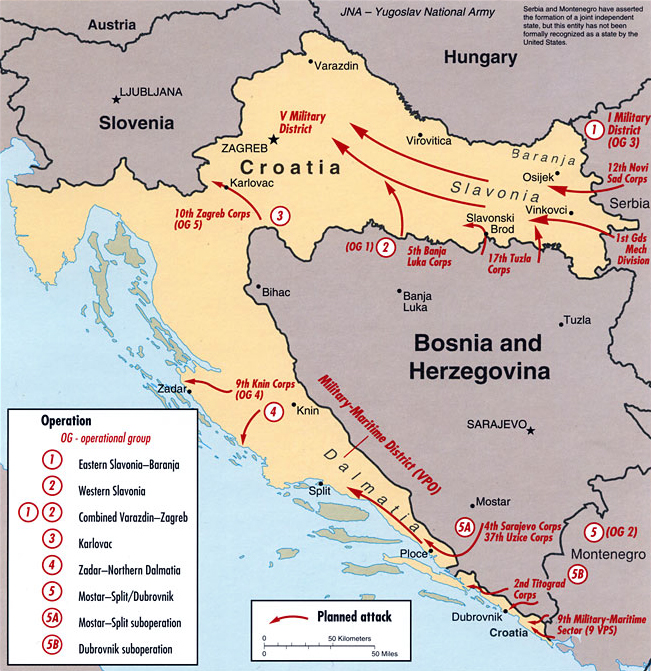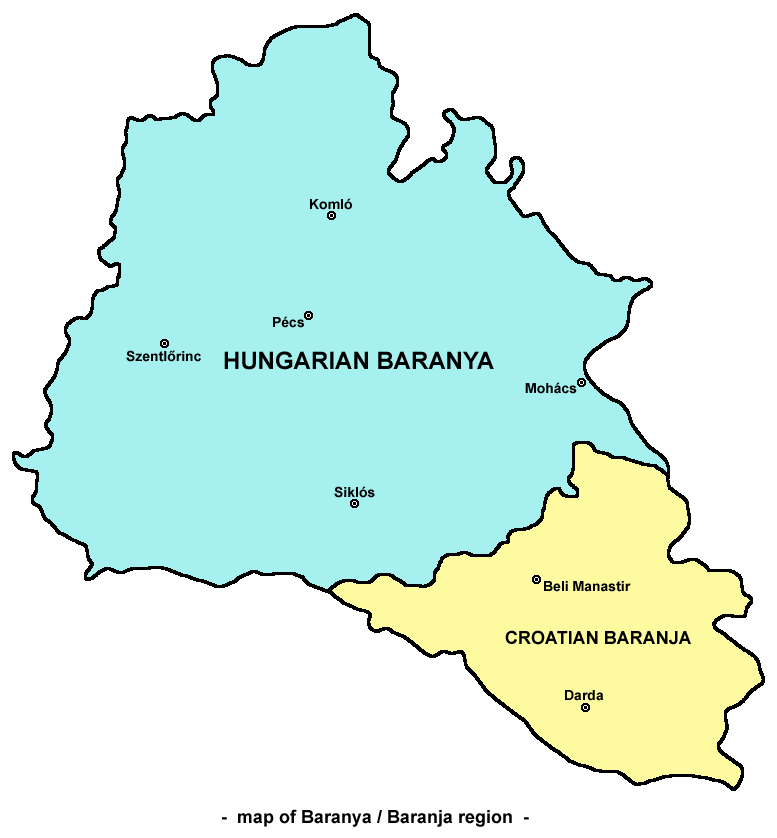|
Franjo Tuđman Bridge (Osijek)
The Franjo Tuđman Bridge () is a bridge over Drava River located in Osijek, Croatia. It connects Osijek and Slavonia with Baranja. History Source: In 1962 a vehicular bridge over Drava River was built in Osijek. It was in use until 1991 when it was demolished in the Croatian War of Independence, battle of Osijek. In 1993 the cornerstone was laid for a new bridge. The initiator of this project was Croatian President Franjo Tuđman. The new bridge was finished in 1995, in place of old bridge. The opening ceremony was on 10 June 1995, with president Tuđman in attendance. From 1995 since 2009 bridge had a few names, for example ''Drava Bridge'' () or ''Bilje Bridge'' (). In 2009, by decision of the leaderships of Osijek and Osijek-Baranja County Osijek-Baranja County (, , ) is a Counties of Croatia, county in Croatia, located in northeastern Slavonia and Baranya (region), Baranja which is defined part of the Pannonian Plain. Its center is Osijek. Other towns include Đak ... [...More Info...] [...Related Items...] OR: [Wikipedia] [Google] [Baidu] |
Tvrđa
Tvrđa (''Citadel'') is the old town of the city of Osijek in Croatia. It is the best-preserved and largest ensemble of Baroque buildings in Croatia and consists of a Habsburg star fort built on the right bank of the Drava, River Drava. Tvrđa has been described by the World Monuments Fund as "a unique example of an eighteenth-century baroque military, administrative, and commercial urban center". The star fort was constructed in the immediate vicinity of medieval Osijek after the defeat of the Ottoman Empire, Ottoman forces in 1687, due to Osijek's strategic importance. Constructed starting in 1712 to plans by Mathias von Kaiserfeld and then Maximilian Gosseau de Henef, all five planned bastions and two gates were complete by 1715. By 1735, the inner town was finished and three northern bastions had been added. When complete, it was the largest and most advanced Habsburg fortress on the border with the Ottoman Empire, consisting of eight bastions and featuring armories, depots, ... [...More Info...] [...Related Items...] OR: [Wikipedia] [Google] [Baidu] |
Croatian War Of Independence
The Croatian War of Independence) and (rarely) "War in Krajina" ( sr-Cyrl-Latn, Рат у Крајини, Rat u Krajini) are used. was an armed conflict fought in Croatia from 1991 to 1995 between Croats, Croat forces loyal to the Government of Croatia—which had declared Independence of Croatia, independence from the Socialist Federal Republic of Yugoslavia (SFRY)—and the Serbs, Serb-controlled Yugoslav People's Army (JNA) and Serbs of Croatia, local Serb forces, with the JNA ending its combat operations by 1992. A majority of Croats supported Croatia's independence from Yugoslavia, while many ethnic Serbs living in Croatia, supported by Republic of Serbia (1992–2006), Serbia, opposed the secession and advocated Serb-claimed lands to be in a common state with Serbia. Most Serbs sought a new Serb state within a Yugoslav federation, including areas of Croatia and Bosnia and Herzegovina with ethnic Serb majorities or significant minorities, and attempted to conquer as muc ... [...More Info...] [...Related Items...] OR: [Wikipedia] [Google] [Baidu] |
Bridges Completed In 1995
A bridge is a structure built to span a physical obstacle (such as a body of water, valley, road, or railway) without blocking the path underneath. It is constructed for the purpose of providing passage over the obstacle, which is usually something that is otherwise difficult or impossible to cross. There are many different designs of bridges, each serving a particular purpose and applicable to different situations. Designs of bridges vary depending on factors such as the function of the bridge, the nature of the terrain where the bridge is constructed and anchored, the material used to make it, and the funds available to build it. The earliest bridges were likely made with fallen trees and stepping stones. The Neolithic people built boardwalk bridges across marshland. The Arkadiko Bridge, dating from the 13th century BC, in the Peloponnese is one of the oldest arch bridges in existence and use. Etymology The ''Oxford English Dictionary'' traces the origin of the word ''bridge' ... [...More Info...] [...Related Items...] OR: [Wikipedia] [Google] [Baidu] |
Osijek-Baranja County
Osijek-Baranja County (, , ) is a Counties of Croatia, county in Croatia, located in northeastern Slavonia and Baranya (region), Baranja which is defined part of the Pannonian Plain. Its center is Osijek. Other towns include Đakovo, Našice, Valpovo, Belišće, and Beli Manastir. History Osijek-Baranja County was established in 1992, with border changes in 1997. Stifolder The ''Stifolder'' or ''Stiffoller Shvove'' are a Roman Catholic subgroup of the so-called Danube Swabians. Their ancestors arrived ca. 1717 - 1804 from the Hochstift Fulda and surroundings (Roman Catholic Diocese of Fulda), and settled in the Baranja area, such as in Jagodnjak, etc. They retained their own German dialect and culture, until the end of WW2. After WW2, the majority of Danube Swabians were expelled to Allied-occupied Germany and Allied-occupied Austria as a consequence of the Potsdam Agreement. Only a few people can speak the old Stiffolerisch Schvovish dialect. A salami is named after the peo ... [...More Info...] [...Related Items...] OR: [Wikipedia] [Google] [Baidu] |
Franjo Tuđman
Franjo Tuđman (14 May 1922 – 10 December 1999) was a Croatian politician and historian who became the first president of Croatia, from 1990 until his death in 1999. He served following the Independence of Croatia, country's independence from Socialist Federal Republic of Yugoslavia, Yugoslavia. Tuđman also was the ninth and last president of the Presidency of SR Croatia from May to July 1990. Tuđman was born in Veliko Trgovišće. In his youth, he fought during World War II in Yugoslavia, World War II as a member of the Yugoslav Partisans. After the war, he took a post in the Ministry of Defence (Yugoslavia), Ministry of Defence, later attaining the rank of major general of the Yugoslav People's Army in 1960. After his military career, he dedicated himself to the study of geopolitics. In 1963, he became a professor at the University of Zagreb, Zagreb Faculty of Humanities and Social Sciences, University of Zagreb, Faculty of Political Sciences. He received a Doctor ... [...More Info...] [...Related Items...] OR: [Wikipedia] [Google] [Baidu] |
Croatian President
The president of Croatia, officially the president of the Republic of Croatia (), is the head of state, commander-in-chief of the military and chief representative of the Republic of Croatia both within the country and abroad. The president is the holder of the highest office in Croatia. However, the president is not the head of the executive branch ("non executive president") as Croatia has a parliamentary system in which the holder of the post of prime minister is the most powerful person within the country's constitutional framework and everyday politics. The president maintains the regular and coordinated operation and stability of the national government system, and safeguards the independence and territorial integrity of the country. The president has the power to call ordinary and extraordinary elections for the Croatian Parliament (in a manner specified by the Constitution), as well as to call referendums (with countersignature of the prime minister). The president fo ... [...More Info...] [...Related Items...] OR: [Wikipedia] [Google] [Baidu] |
Battle Of Osijek
The Battle of Osijek () was the artillery bombardment of the Croatian city of Osijek by the Yugoslav People's Army (JNA) which took place from August 1991 to June 1992 during the Croatian War of Independence. Shelling peaked in late November and December 1991, then diminished in 1992 after the Vance plan was accepted by the combatants. Airstrikes and attacks by JNA infantry and armored units against targets in the city accompanied the bombardment, which caused approximately 800 deaths and resulted in a large portion of the city's population leaving. Croatian sources estimated that 6,000 artillery shells were fired against Osijek over the period. After the JNA Battle of Vukovar, captured Vukovar on 18 November 1991, Osijek was the next target for its 1991 Yugoslav campaign in Croatia, campaign in Croatia. The JNA units subordinated to the 12th (Novi Sad) Corps, supported by the Serb Volunteer Guard, achieved modest advances in late November and early December, capturing several v ... [...More Info...] [...Related Items...] OR: [Wikipedia] [Google] [Baidu] |
Baranya (region)
Baranya or Baranja (, ; , ) is a geographical and list of historical regions of Central Europe, historical region between the Danube and the Drava rivers located in the Pannonian Plain. Its territory is divided between Hungary and Croatia. In Hungary, the region is included in Baranya (county), Baranya county, while in Croatia, it is part of Osijek-Baranja county. Name The name of the region come from the Slavic languages, Slavic word 'bara', which means 'marsh', 'bog', thus the name of Baranya means 'marshland'. Even today large parts of the region are swamps, such as the natural reservation Kopački Rit in its southeast. Another theory states that the name of the region comes from the , an adaptation of Proto-Slavic language, Proto-Slavic 'ram'. History Historically, the region of Baranya was part of the Roman Empire, the Huns, Hunnic Empire, the Kingdom of the Ostrogoths, the Kingdom of the Lombards, the Avars (Carpathians), Avar Kingdom, the Frankish Empire, the Balaton ... [...More Info...] [...Related Items...] OR: [Wikipedia] [Google] [Baidu] |
Drava
The Drava or Drave (, ; ; ; ; ), historically known as the Dravis or Dravus, is a river in southern Central Europe.''Utrata Fachwörterbuch: Geographie - Englisch-Deutsch/Deutsch-Englisch'' by Jürgen Utrata (2014). Retrieved 10 Apr 2014. With a length of ,Joint Drava River Corridor Analysis Report , 27 November 2014 or , if the length of its Sextner Bach source is added, it is the fifth or sixth longest tributary of the |
Slavonia
Slavonia (; ) is, with Dalmatia, Croatia proper, and Istria County, Istria, one of the four Regions of Croatia, historical regions of Croatia. Located in the Pannonian Plain and taking up the east of the country, it roughly corresponds with five Counties of Croatia, Croatian counties: Brod-Posavina County, Brod-Posavina, Osijek-Baranja County, Osijek-Baranja, Požega-Slavonia County, Požega-Slavonia, Virovitica-Podravina County, Virovitica-Podravina, and Vukovar-Syrmia County, Vukovar-Syrmia, although the territory of the counties includes Baranya (region), Baranya, and the definition of the western extent of Slavonia as a region varies. The counties cover or 22.2% of Croatia, inhabited by 806,192—18.8% of Croatia's population. The largest city in the region is Osijek, followed by Slavonski Brod and Vinkovci. Slavonia is located in the Pannonian Basin, largely bordered by the Danube, Drava, and Sava rivers. In the west, the region consists of the Sava and Drava valleys and ... [...More Info...] [...Related Items...] OR: [Wikipedia] [Google] [Baidu] |
Drava River
The Drava or Drave (, ; ; ; ; ), historically known as the Dravis or Dravus, is a river in southern Central Europe.''Utrata Fachwörterbuch: Geographie - Englisch-Deutsch/Deutsch-Englisch'' by Jürgen Utrata (2014). Retrieved 10 Apr 2014. With a length of ,Joint Drava River Corridor Analysis Report , 27 November 2014 or , if the length of its Sextner Bach source is added, it is the fifth or sixth longest tributary of the |







